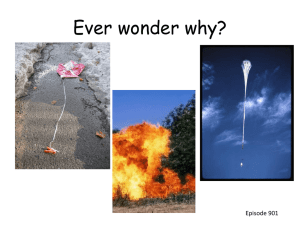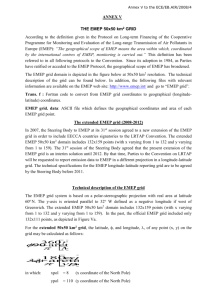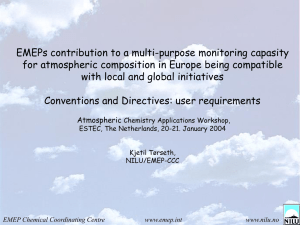Service abstract Dec 2011 (Word) Pollution Tracer
advertisement
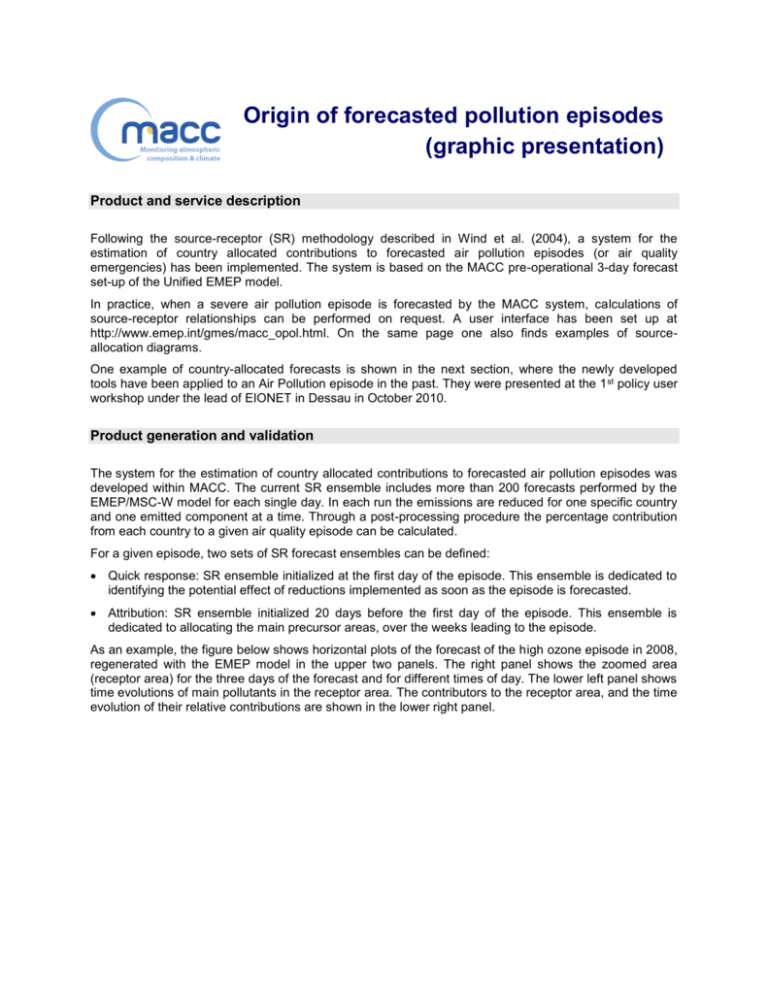
Origin of forecasted pollution episodes (graphic presentation) Product and service description Following the source-receptor (SR) methodology described in Wind et al. (2004), a system for the estimation of country allocated contributions to forecasted air pollution episodes (or air quality emergencies) has been implemented. The system is based on the MACC pre-operational 3-day forecast set-up of the Unified EMEP model. In practice, when a severe air pollution episode is forecasted by the MACC system, calculations of source-receptor relationships can be performed on request. A user interface has been set up at http://www.emep.int/gmes/macc_opol.html. On the same page one also finds examples of sourceallocation diagrams. One example of country-allocated forecasts is shown in the next section, where the newly developed tools have been applied to an Air Pollution episode in the past. They were presented at the 1 st policy user workshop under the lead of EIONET in Dessau in October 2010. Product generation and validation The system for the estimation of country allocated contributions to forecasted air pollution episodes was developed within MACC. The current SR ensemble includes more than 200 forecasts performed by the EMEP/MSC-W model for each single day. In each run the emissions are reduced for one specific country and one emitted component at a time. Through a post-processing procedure the percentage contribution from each country to a given air quality episode can be calculated. For a given episode, two sets of SR forecast ensembles can be defined: Quick response: SR ensemble initialized at the first day of the episode. This ensemble is dedicated to identifying the potential effect of reductions implemented as soon as the episode is forecasted. Attribution: SR ensemble initialized 20 days before the first day of the episode. This ensemble is dedicated to allocating the main precursor areas, over the weeks leading to the episode. As an example, the figure below shows horizontal plots of the forecast of the high ozone episode in 2008, regenerated with the EMEP model in the upper two panels. The right panel shows the zoomed area (receptor area) for the three days of the forecast and for different times of day. The lower left panel shows time evolutions of main pollutants in the receptor area. The contributors to the receptor area, and the time evolution of their relative contributions are shown in the lower right panel. Quality control The EMEP/MSC-W model is evaluated regularly against a large set of measurements. Evaluation reports can be found at http://www.emep.int The model is also continuously evaluated within the MACC project. Quarterly model dossiers are available through MACC. Reference Wind, P., D. Simpson & L. Tarrasón, Source-receptor calculations. In Transboundary acidification, eutrophication and ground level ozone in Europe. EMEP Status Report 1/2004, The Norwegian Meteorological Institute, Oslo, Norway, 2004, 49-75. December 2011



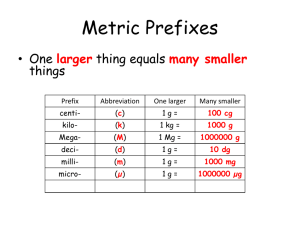
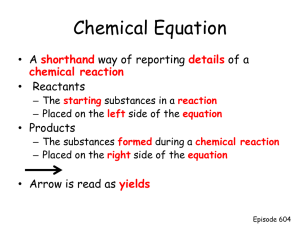
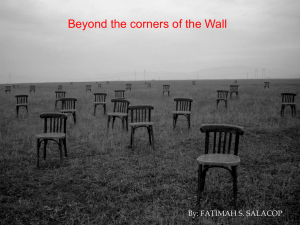

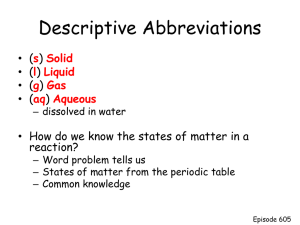
![[Skriv overskrift]](http://s3.studylib.net/store/data/005895977_1-114256512297625f47d214caed2c0634-300x300.png)
